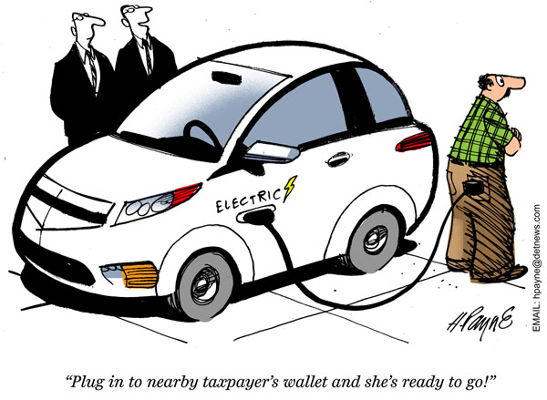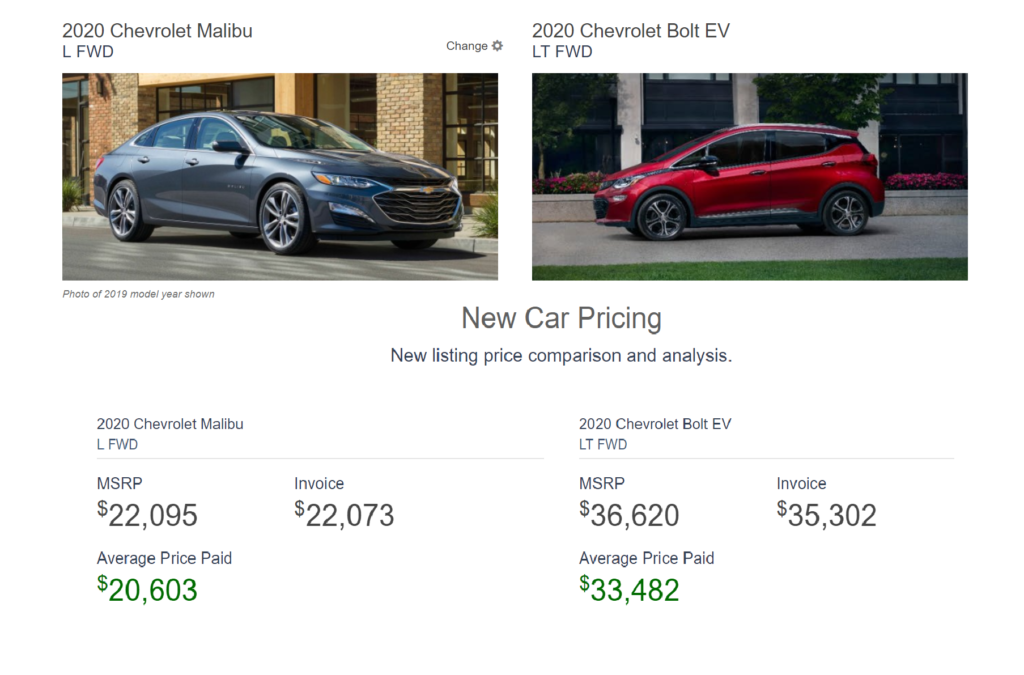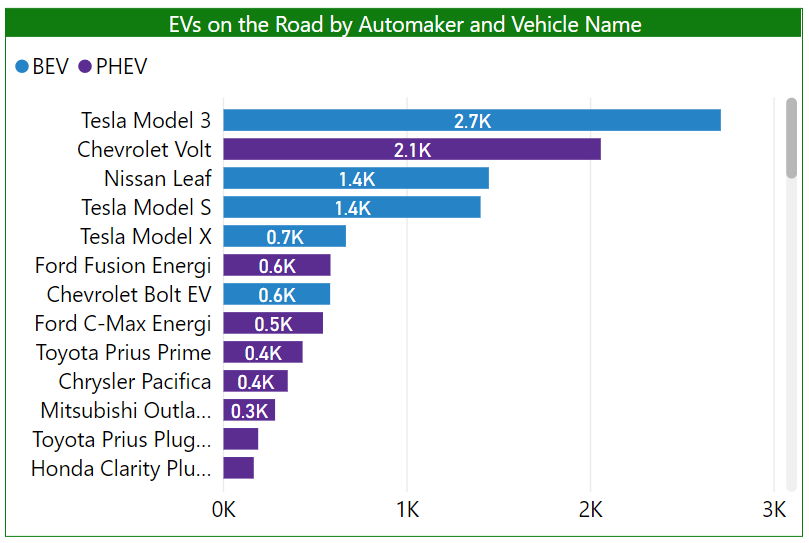Electric Vehicle Costs Fall, But They’re Still Unprofitable
Electric vehicles (EVs) have become a major focal point for liberal environmentalist groups and politicians who want to turn Minnesota into a Cold California by mandating California car regulations in our state, and pass legislation like the ECO Act that would force all Minnesota families to pay more for their electricity to subsidize electric vehicles. However, no matter how much the government tries to use a combination of force and subsidies to increase EV adoption in our state, they can’t change the fact that most EVs are unprofitable.
New research from Lux research shows that despite cost declines for EVs they are still unprofitable for auto manufacturers, and General Motors believes EVs will remain unprofitable for the first part of this decade. This means that policies designed to increase the adoption of EVs will cause automakers to lose money, forcing them to raise the prices on their traditional cars to make up for the government-imposed losses.

But why are most electric vehicles unprofitable? According to Christopher Robinson, the lead researcher of the Lux analysis, “Currently, BEVs are more expensive and less convenient to use than their nonelectric counterparts, but technology will continue to close this gap.” Most consumers appear unwilling to pay a premium price for a product that provides inferior service.
For example, according to Cargurus.com, the new, 2020 Chevy Malibu can travel nearly 460 miles on a single tank of gas, whereas the Chevy Bolt EV has a range of 259 miles before it must be recharged. Charging times range from 30 minutes to charge 80 percent of the battery at the fastest charging stations, to 8 to 12 hours on a standard outlet.
Despite having greater range and shorter refueling times, the Malibu costs approximately 22,095 Manufacturers Suggested Retail Price (MSRP), whereas a new Chevy Bolt EV has an MSRP of $36,620. This difference, $14,525, is a significant barrier to purchase.

Even though the Bolt costs $14,500 more than the Malibu, it’s still costing Chevy money. According to Car and Driver, Chevy loses between $7,000 and $9,000 per unit sold. This means that the nearly 600 Chevy Bolts on the road (581 were registered as of Feb 1, 2020) in Minnesota have cost the company between $4 million to to $5.2 million.

In this situation, Chevy does what any other company would do, raise prices on their other offerings to make up for the losses they take from their electric vehicle division. This means that in addition to paying higher taxes to pay for the subsidies used by EV buyers to purchase their cars, Minnesotans are also indirectly subsidizing money-losing electric vehicles by paying more for vehicles that run on conventional fuels.
The fact that EVs are unprofitable shows that everyday Minnesotans have weighed the costs and benefits of electric vehicles, and decided that they are not willing to pay significantly more for a car that is less useful than cars powered by conventional fuels. EVs have every right to compete for market share in a free market, but the Walz and administration and state lawmakers should not put their thumb on the scale of EVs by mandating them or subsidizing them. To do so would unfairly increase the cost of vehicle ownership for all Minnesotans.